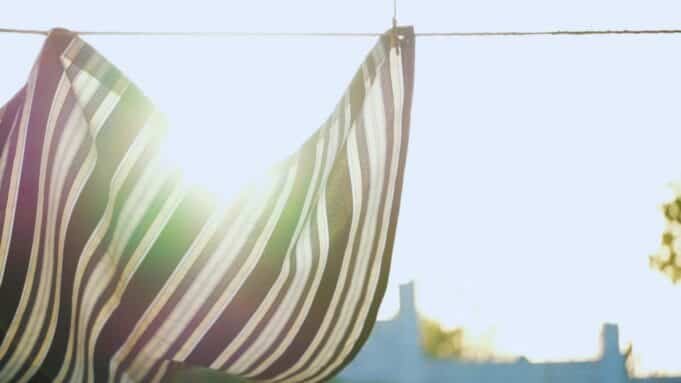RV awnings go through heat, wind, rain, and long stretches of sun. The frame often lasts for years, but the fabric can wear down much sooner. Tears form along the edges.
Color fades unevenly. Water pools or seeps through seams. When that happens, a full replacement is not always needed. Updating the RV awning replacement fabric can restore protection and extend the use of the original setup.
Vinyl and Acrylic Compared
Vinyl is strong, water-resistant, and simple to clean. It blocks out moisture and holds shape during storms. Acrylic allows more airflow and dries faster. It also handles mildew better and feels lighter when rolled. Both types can last through all seasons, but the decision depends on where and how often the awning is used.
Travelers in dry climates may prefer vinyl for its resistance to dust and debris. In humid areas, acrylic’s breathability can reduce moisture buildup. Each option meets different needs, and both can work well when chosen with purpose.
Fit and Attachment
Fabric that fits well protects more than what lies underneath. It also protects the frame. Loose or tight fabric strains the arms and roller. Before buying, measure the width and extension. Some awnings use rails; others use cords. A correct match installs without tension and holds steady when open.
Poor fit leads to gaps, sagging, or uneven rolls. Those problems shorten the life of the fabric and the structure that supports it. Choosing the right size and attachment type keeps the awning balanced across all positions.
Sun and Fade Resistance
Color is not only about appearance. Faded fabric often signals weakened threads. Materials treated to resist UV damage will last longer. Solution-dyed acrylic, for example, keeps its color even after long exposure. It holds up well in the sun and prevents early signs of wear.
Without treatment, the surface may crack or become brittle. Once the fabric starts to lose its tone, its ability to shield from heat also drops. Shade coverage depends on strong, intact fibers that reflect or block sunlight.
Weight and Feel
Heavier fabrics resist movement in the wind and stretch less under tension. They work well for large setups or longer stays. Lighter fabrics move more freely and store with less effort. They may suit shorter trips or setups with frequent changes.
Weight also affects how the awning handles while open. A steady hang improves shade and runoff. If the fabric feels too light, wind may flap the edges or pull at the roller. If it feels too heavy, the motor or arms may struggle to lift it.
Water Protection and Drainage
Rain puts pressure on the top surface and seams. Water-resistant fabrics prevent pooling and reduce the chance of leaks. Some surfaces come with a topcoat that repels moisture. Others rely on tight weaves to keep water out.
Drainage depends on angle, fabric tension, and seam quality. Even with good fabric, sagging leads to pockets where water collects. Proper installation supports flow and keeps the surface firm. A good seal at the edges also helps water run off instead of seeping in.
Cleaning and Storage
Fabric exposed to the elements collects dust, pollen, and stains. A surface that wipes clean with water saves time. Avoid strong cleaners that remove coatings or weaken threads. After cleaning, let the fabric dry fully before rolling it up.
When not in use, store the awning under cover. If that’s not possible, roll it dry and secure it tightly. Long-term exposure to moisture, especially when folded, increases the chance of mold and odor.
Year-Round Use
Seasonal changes test fabric in different ways. Summer brings sun and heat. Spring and fall bring moisture and wind. Winter may add snow or freezing rain. A single fabric does not need to solve every problem, but it should hold up to normal use throughout the year.
Pick based on the season where you spend the most time outdoors. If your main concern is heat, focus on sun resistance. If moisture is more common, look for breathability and fast drying. If wind is a problem, a heavier fabric with reinforced seams will offer more support.
Final Considerations
Replacing the fabric does more than restore function. It also improves comfort, protects gear, and helps the RV feel complete. Small details, such as the edge finish or stitching pattern, can significantly impact performance.
Look for quality in how the fabric is cut, how it attaches, and how it moves. With the right fabric in place, the awning becomes a dependable part of the RV again. It opens without trouble, holds firm in all weather conditions, and stores without damage.
To Know More: Daily Disguise: A Fashion and Beauty Blog by Lucy















